Unusual Noise on Boeing's Starliner Puzzles NASA Astronaut
Unusual Noise on Boeing's Starliner Puzzles NASA Astronaut
Unusual Noise on Boeing's Starliner Puzzles NASA Astronaut
Sep 3, 2024
Sep 3, 2024
Sep 3, 2024
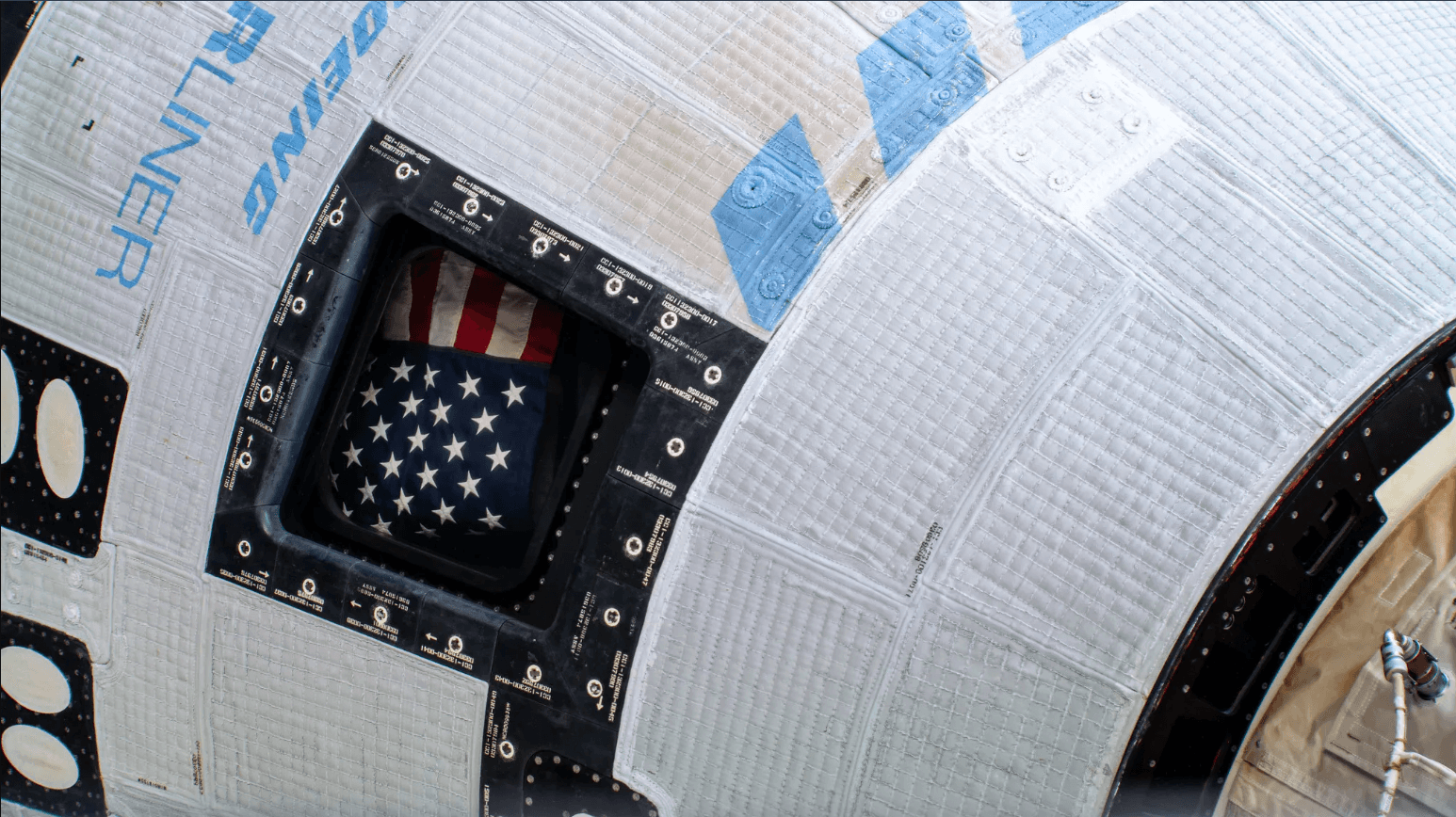
The American flag shown inside the window of Boeing's Starliner spaceship on the International Space Station. Credit: NASA.
The American flag shown inside the window of Boeing's Starliner spaceship on the International Space Station. Credit: NASA.
The American flag shown inside the window of Boeing's Starliner spaceship on the International Space Station. Credit: NASA.
Astronaut Butch Wilmore reports an unusual sound on the Starliner during an ISS mission caused by audio feedback. The incident did not affect mission safety, according to NASA.
Astronaut Butch Wilmore reports an unusual sound on the Starliner during an ISS mission caused by audio feedback. The incident did not affect mission safety, according to NASA.
Astronaut Butch Wilmore reports an unusual sound on the Starliner during an ISS mission caused by audio feedback. The incident did not affect mission safety, according to NASA.
NASA astronaut Butch Wilmore reported hearing an unusual noise coming from Boeing's Starliner spacecraft while it was docked at the International Space Station (ISS). The sound, described as a "pulsing noise" similar to a sonar "ping," caught the attention of the mission control team, who identified the source as an audio feedback issue in the communication system between the Starliner and the ISS.
The Unusual Incident
During his time aboard the ISS, astronaut Butch Wilmore noticed a strange sound coming from the Starliner's audio system. He described the noise as rhythmic, a "pulsing sound" similar to a sonar. Mission control in Houston quickly investigated the case and closely monitored the situation.
NASA's Explanation
According to NASA, the noise was caused by an incorrect configuration in the communication system between the ISS and the Starliner. The agency clarified that the sound did not indicate a technical failure in the spacecraft but came from an audio interference between the two systems. Although unusual, this interference did not pose any risk to the crew or the mission.
Impact on the Mission
Despite the unusual noise, NASA assured that it did not affect the Starliner's operation or compromise astronaut safety. The Starliner is scheduled to undock from the ISS on September 6 and return to Earth unmanned. Experts said the noise was a minor setback in a successful docking and testing mission.
Future of the Starliner
Due to previous issues with the Starliner's thrusters, NASA chose to return astronauts to Earth in a SpaceX Dragon capsule, with the next crewed mission planned for early 2025. Meanwhile, the Starliner will complete its unmanned return, marking another phase in the spacecraft's flight testing.
—
The peculiar noise may have been a minor hiccup, but it highlighted the ongoing technical challenges faced during space missions. As NASA and Boeing continue to monitor and fine-tune the Starliner's performance, incidents like this offer valuable learning opportunities for future manned and unmanned missions. As the Starliner prepares for its return to Earth, progress in space exploration continues, confronting and overcoming unforeseen challenges.
—
Interested in more details about this incident aboard the Starliner? Click here to read the full article that inspired this piece and find out all the information directly from the source.
NASA astronaut Butch Wilmore reported hearing an unusual noise coming from Boeing's Starliner spacecraft while it was docked at the International Space Station (ISS). The sound, described as a "pulsing noise" similar to a sonar "ping," caught the attention of the mission control team, who identified the source as an audio feedback issue in the communication system between the Starliner and the ISS.
The Unusual Incident
During his time aboard the ISS, astronaut Butch Wilmore noticed a strange sound coming from the Starliner's audio system. He described the noise as rhythmic, a "pulsing sound" similar to a sonar. Mission control in Houston quickly investigated the case and closely monitored the situation.
NASA's Explanation
According to NASA, the noise was caused by an incorrect configuration in the communication system between the ISS and the Starliner. The agency clarified that the sound did not indicate a technical failure in the spacecraft but came from an audio interference between the two systems. Although unusual, this interference did not pose any risk to the crew or the mission.
Impact on the Mission
Despite the unusual noise, NASA assured that it did not affect the Starliner's operation or compromise astronaut safety. The Starliner is scheduled to undock from the ISS on September 6 and return to Earth unmanned. Experts said the noise was a minor setback in a successful docking and testing mission.
Future of the Starliner
Due to previous issues with the Starliner's thrusters, NASA chose to return astronauts to Earth in a SpaceX Dragon capsule, with the next crewed mission planned for early 2025. Meanwhile, the Starliner will complete its unmanned return, marking another phase in the spacecraft's flight testing.
—
The peculiar noise may have been a minor hiccup, but it highlighted the ongoing technical challenges faced during space missions. As NASA and Boeing continue to monitor and fine-tune the Starliner's performance, incidents like this offer valuable learning opportunities for future manned and unmanned missions. As the Starliner prepares for its return to Earth, progress in space exploration continues, confronting and overcoming unforeseen challenges.
—
Interested in more details about this incident aboard the Starliner? Click here to read the full article that inspired this piece and find out all the information directly from the source.
NASA astronaut Butch Wilmore reported hearing an unusual noise coming from Boeing's Starliner spacecraft while it was docked at the International Space Station (ISS). The sound, described as a "pulsing noise" similar to a sonar "ping," caught the attention of the mission control team, who identified the source as an audio feedback issue in the communication system between the Starliner and the ISS.
The Unusual Incident
During his time aboard the ISS, astronaut Butch Wilmore noticed a strange sound coming from the Starliner's audio system. He described the noise as rhythmic, a "pulsing sound" similar to a sonar. Mission control in Houston quickly investigated the case and closely monitored the situation.
NASA's Explanation
According to NASA, the noise was caused by an incorrect configuration in the communication system between the ISS and the Starliner. The agency clarified that the sound did not indicate a technical failure in the spacecraft but came from an audio interference between the two systems. Although unusual, this interference did not pose any risk to the crew or the mission.
Impact on the Mission
Despite the unusual noise, NASA assured that it did not affect the Starliner's operation or compromise astronaut safety. The Starliner is scheduled to undock from the ISS on September 6 and return to Earth unmanned. Experts said the noise was a minor setback in a successful docking and testing mission.
Future of the Starliner
Due to previous issues with the Starliner's thrusters, NASA chose to return astronauts to Earth in a SpaceX Dragon capsule, with the next crewed mission planned for early 2025. Meanwhile, the Starliner will complete its unmanned return, marking another phase in the spacecraft's flight testing.
—
The peculiar noise may have been a minor hiccup, but it highlighted the ongoing technical challenges faced during space missions. As NASA and Boeing continue to monitor and fine-tune the Starliner's performance, incidents like this offer valuable learning opportunities for future manned and unmanned missions. As the Starliner prepares for its return to Earth, progress in space exploration continues, confronting and overcoming unforeseen challenges.
—
Interested in more details about this incident aboard the Starliner? Click here to read the full article that inspired this piece and find out all the information directly from the source.
Compartir en:
Compartir en:
Ver También
Ver También

DeepSeek AI: el chatbot chino que está sacudiendo el mercado global
Feb 7, 2025

Estudio revela que la vida social activa puede reducir el riesgo de demencia
Feb 4, 2025

Año nuevo lunar 2025: la llegada del año de la serpiente
Jan 30, 2025

Nueva hipótesis sobre el origen de los dinosaurios desafía conceptos tradicionales
Jan 27, 2025
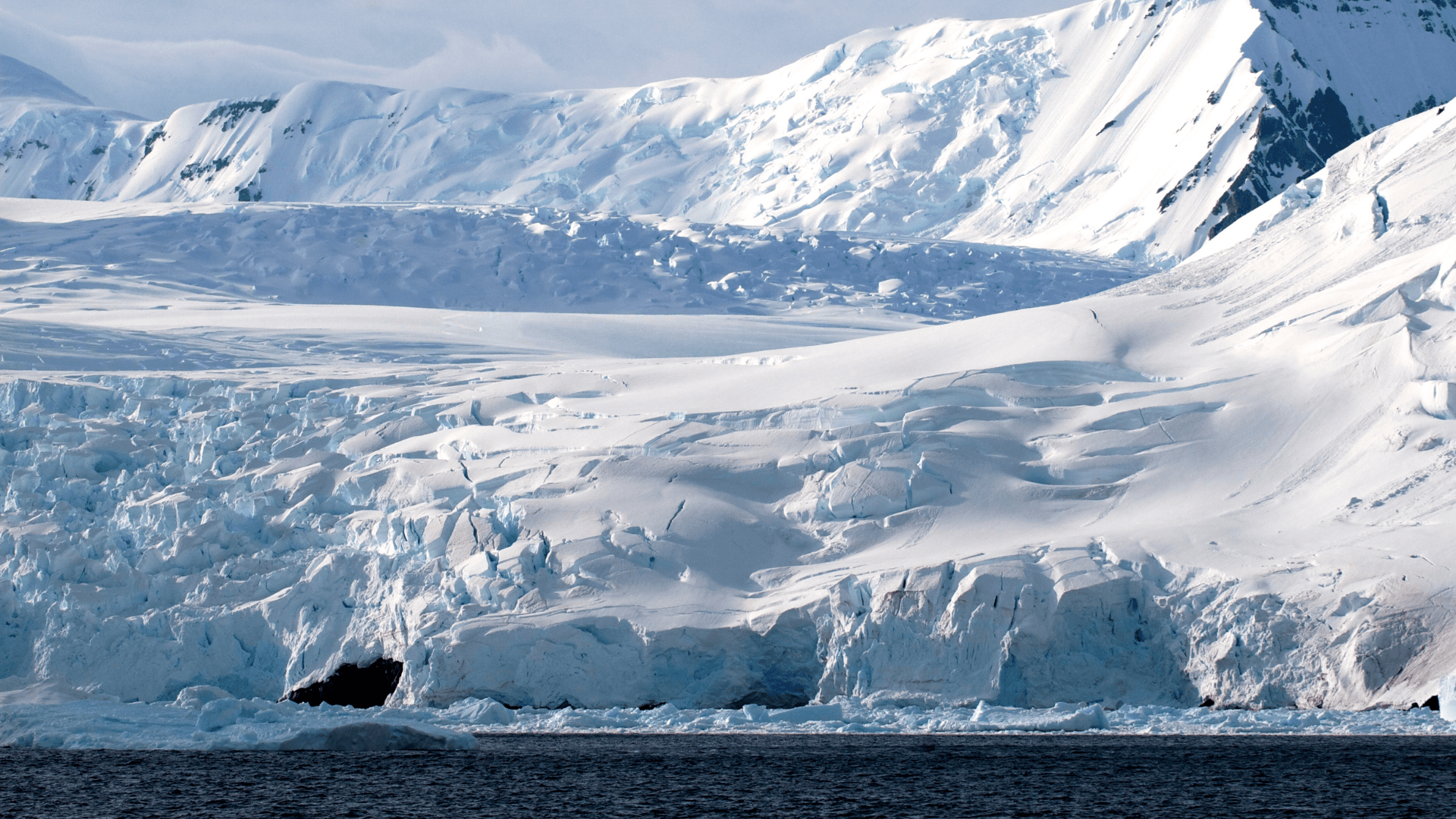
Colapso de la plataforma de hielo Conger: alerta para la Antártida Oriental
Dec 20, 2024

Emociones y el cuerpo humano: conexiones milenarias en textos neoasirios
Dec 20, 2024

Un estudio relaciona la contaminación atmosférica con el riesgo de tromboembolia venosa
Dec 20, 2024
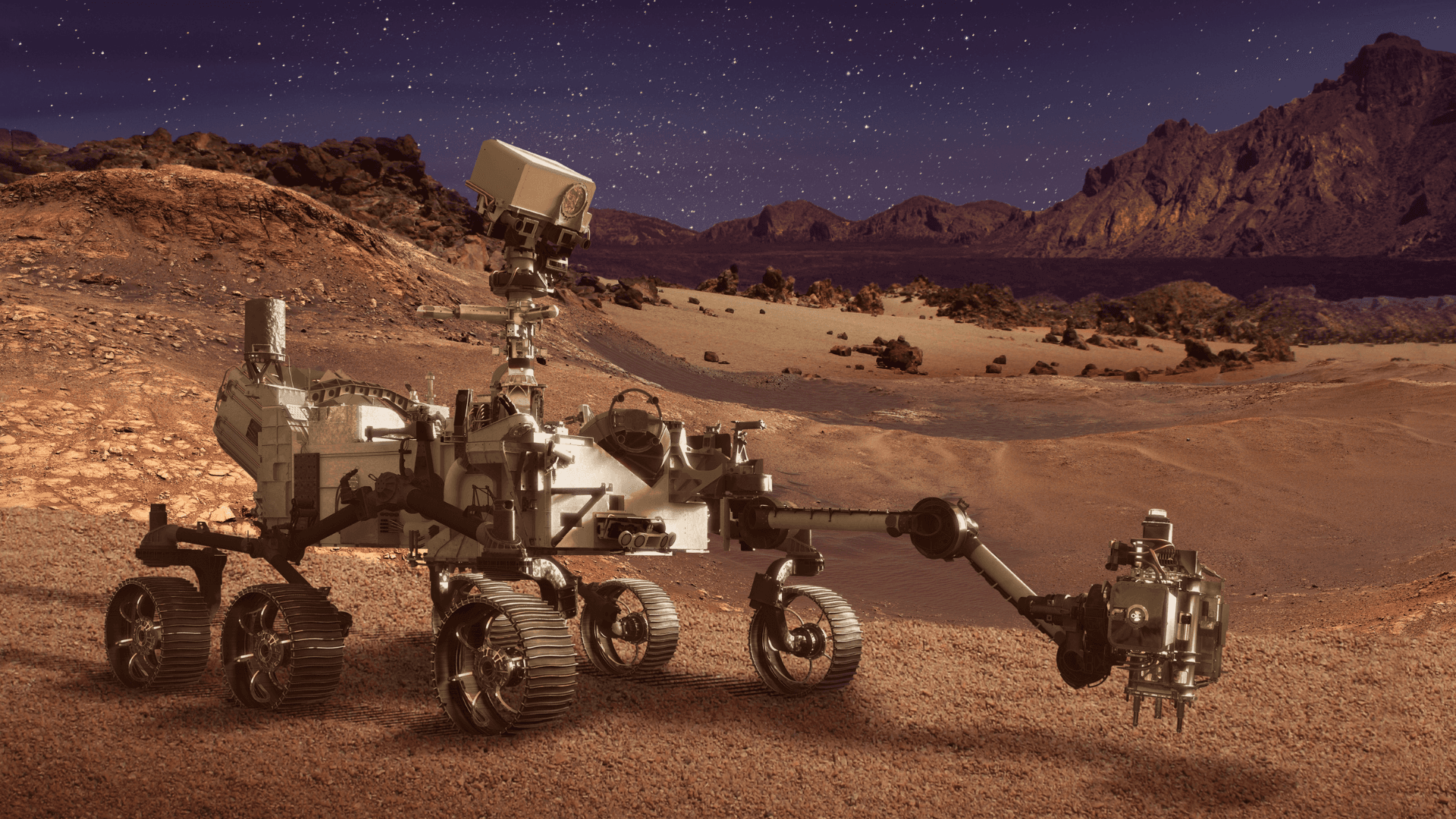
Ambiente potencialmente habitable en Marte descubierto por Perseverance
Dec 20, 2024

Revolución XRISM: Nuevos descubrimientos sobre agujeros negros supermasivos
Oct 15, 2024

Estudio aponta que la duplicación del gen AMY1, relacionado con la digestión del almidón, precede a la agricultura
Oct 14, 2024

Nacimientos en la UE caen por debajo de los 4 millones por primera vez desde 1960
Oct 11, 2024

Excavación en Dinamarca revela 50 esqueletos Viking increíblemente preservados
Oct 10, 2024

Estudio detecta mayor incidencia de asma y rinitis alérgica en personas nacidas en otoño e invierno en Finlandia
Oct 9, 2024

Estudio señala similitudes entre la pubertad de adolescentes de la Edad de Hielo y jóvenes modernos
Oct 8, 2024
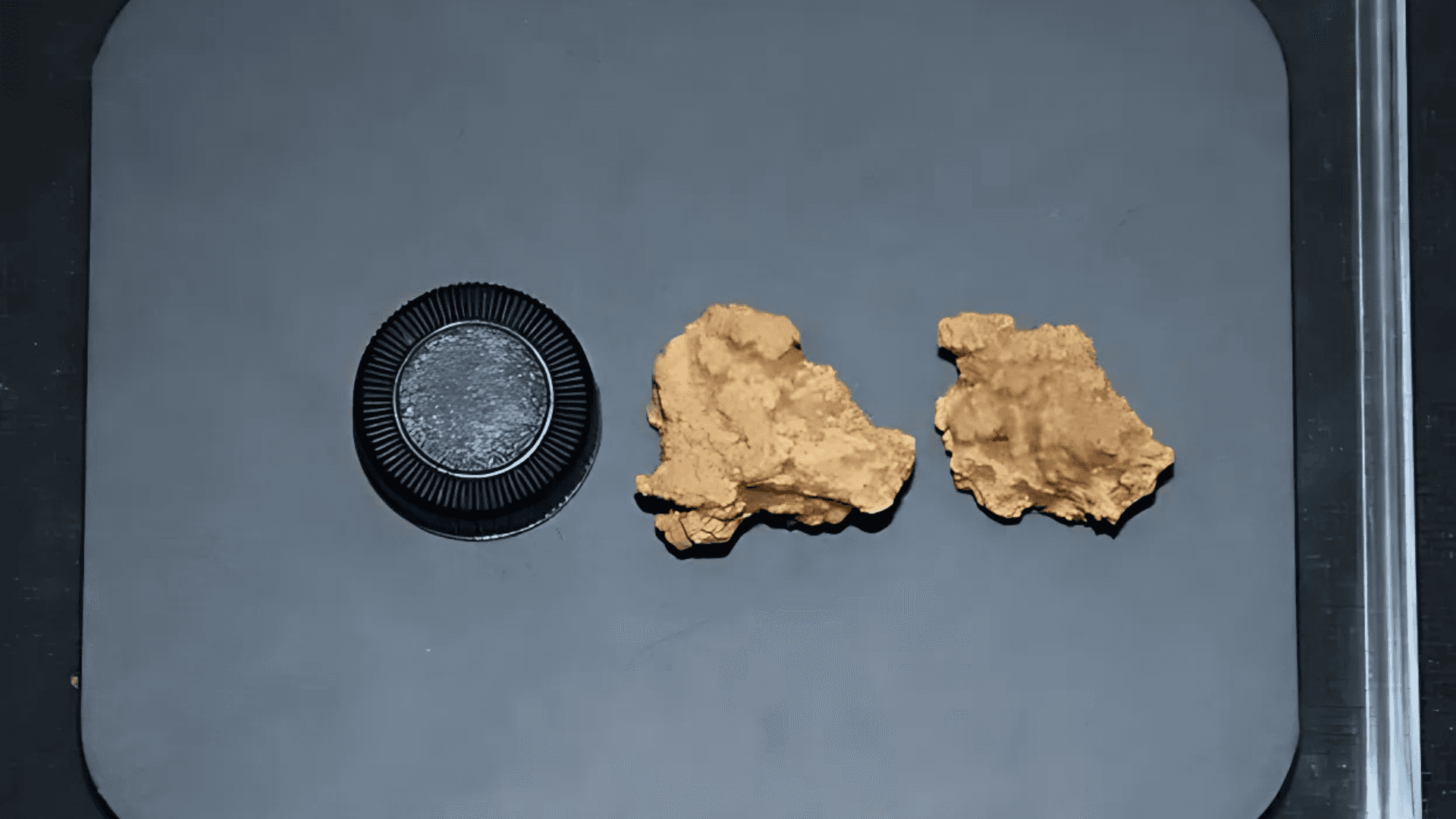
Análisis de ADN en momias chinas de 3.600 años revela el queso más antiguo del mundo
Oct 7, 2024

Estudio revela estabilidad genética de poblaciones del África Austral durante 10 milenios
Oct 4, 2024

Nueve lugares míticos que podrían haber existido, según descubrimientos arqueológicos
Oct 3, 2024
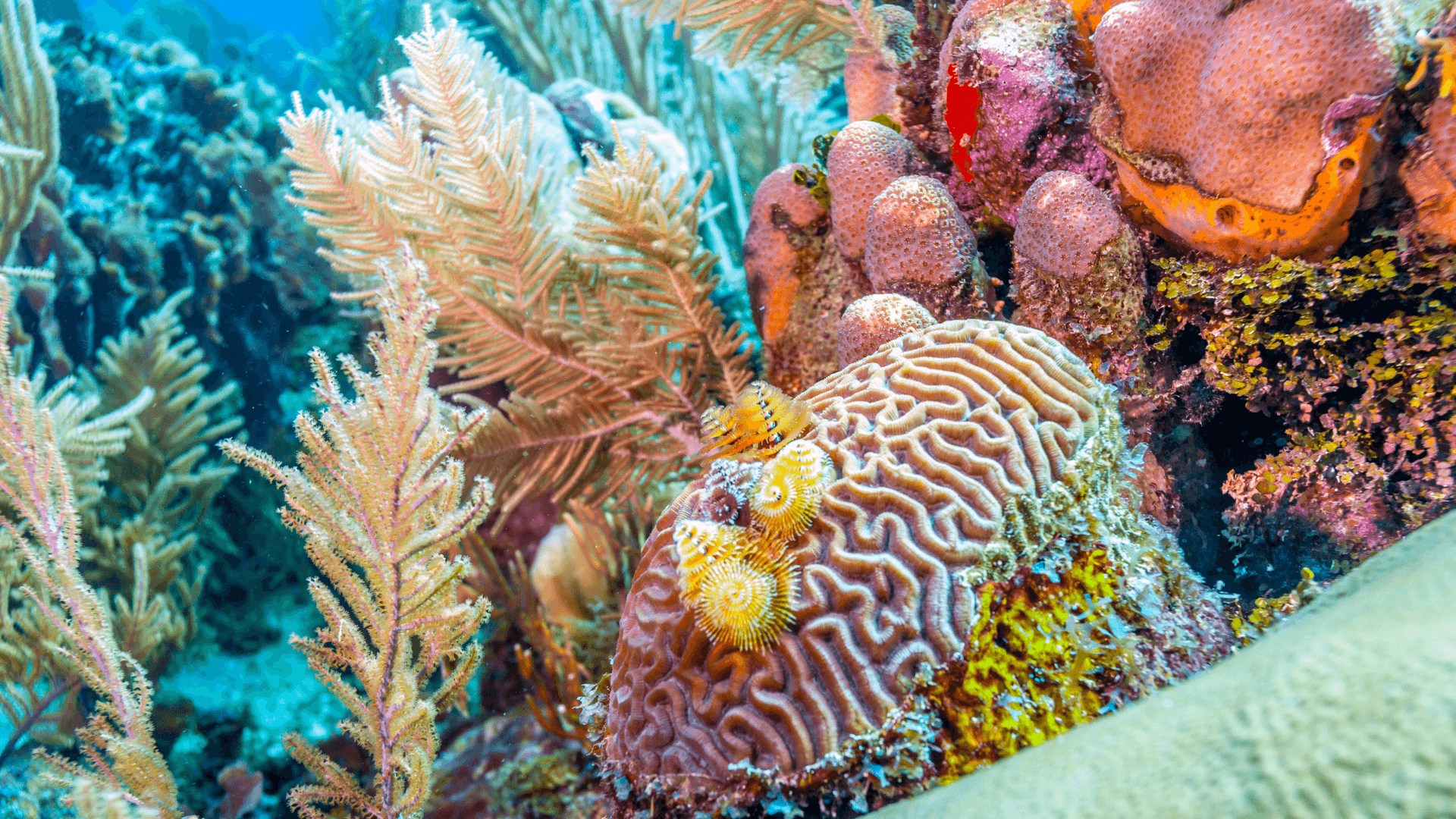
Cómo los derechos humanos pueden salvar los arrecifes de coral y responsabilizar a los gobiernos
Oct 2, 2024

Informe de Carbon Brief señala que 2024 podría ser el año más cálido de la historia
Sep 4, 2024

El clima determina la distribución de mamíferos, revela estudio de la Universidad Estatal de Carolina del Norte
Sep 4, 2024

DeepSeek AI: el chatbot chino que está sacudiendo el mercado global
Feb 7, 2025

Estudio revela que la vida social activa puede reducir el riesgo de demencia
Feb 4, 2025

Año nuevo lunar 2025: la llegada del año de la serpiente
Jan 30, 2025

Nueva hipótesis sobre el origen de los dinosaurios desafía conceptos tradicionales
Jan 27, 2025

Colapso de la plataforma de hielo Conger: alerta para la Antártida Oriental
Dec 20, 2024

Emociones y el cuerpo humano: conexiones milenarias en textos neoasirios
Dec 20, 2024

Un estudio relaciona la contaminación atmosférica con el riesgo de tromboembolia venosa
Dec 20, 2024

Ambiente potencialmente habitable en Marte descubierto por Perseverance
Dec 20, 2024

Revolución XRISM: Nuevos descubrimientos sobre agujeros negros supermasivos
Oct 15, 2024

Estudio aponta que la duplicación del gen AMY1, relacionado con la digestión del almidón, precede a la agricultura
Oct 14, 2024

Nacimientos en la UE caen por debajo de los 4 millones por primera vez desde 1960
Oct 11, 2024

Excavación en Dinamarca revela 50 esqueletos Viking increíblemente preservados
Oct 10, 2024

Estudio detecta mayor incidencia de asma y rinitis alérgica en personas nacidas en otoño e invierno en Finlandia
Oct 9, 2024

Estudio señala similitudes entre la pubertad de adolescentes de la Edad de Hielo y jóvenes modernos
Oct 8, 2024

Análisis de ADN en momias chinas de 3.600 años revela el queso más antiguo del mundo
Oct 7, 2024

Estudio revela estabilidad genética de poblaciones del África Austral durante 10 milenios
Oct 4, 2024

Nueve lugares míticos que podrían haber existido, según descubrimientos arqueológicos
Oct 3, 2024

Cómo los derechos humanos pueden salvar los arrecifes de coral y responsabilizar a los gobiernos
Oct 2, 2024

Informe de Carbon Brief señala que 2024 podría ser el año más cálido de la historia
Sep 4, 2024

El clima determina la distribución de mamíferos, revela estudio de la Universidad Estatal de Carolina del Norte
Sep 4, 2024